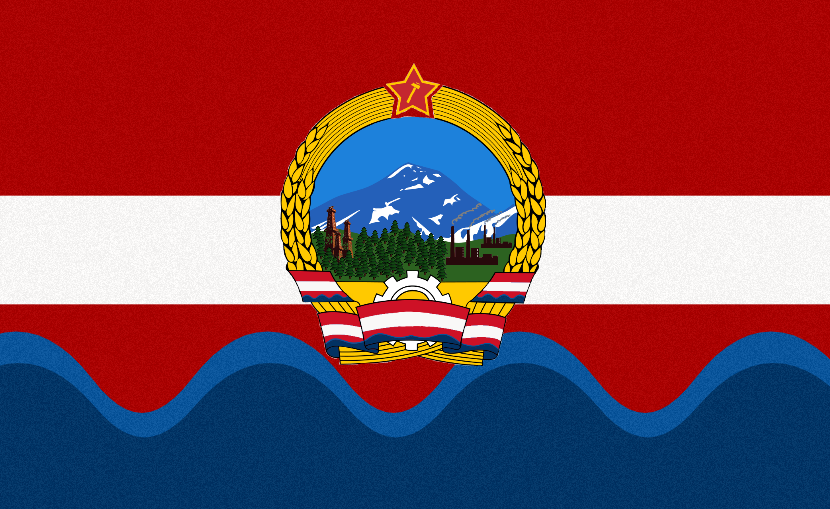History of the People's Republic of Astriosia
Formation and Early Years (2020-2025)
The People's Republic of Astriosia has its roots in the turbulent aftermath of the collapse of the Balkan Union and the ensuing Third Balkan War. As the Balkan region descended into chaos and conflict, many Romanians, Serbians, Bulgarians, and Ukrainians sought refuge and stability elsewhere. The Kaliningrad area, with its strategic location and historical ties to Eastern Europe, emerged as an attractive destination for these displaced populations.
In 2020, as the Balkan Union disintegrated, a massive wave of migration began, with thousands of families seeking a new homeland in the Kaliningrad area. The migration was not without challenges; the local population had reservations about the sudden influx of newcomers and the potential strain on resources. However, over time, the newcomers and the locals found common ground and worked together to establish the foundations of a new society.
Founding and Consolidation (2025-2035)
In 2025, representatives from the migrating communities and the local population convened to form a provisional governing body that would oversee the newly emerging society. They named their collective endeavor the People's Republic of Astriosia, signifying unity in diversity. A constitution was drafted that emphasized the principles of multiculturalism, tolerance, and social equality.
Over the next decade, Astriosia focused on consolidating its identity and fostering a sense of belonging among its diverse population. Language barriers were overcome through education initiatives, and cultural exchange programs helped bridge the gap between the newcomers' traditions and those of the local population. Astriosia also became a model for intercultural dialogue and cooperation, earning recognition on the international stage.
Economic Growth and Political Stability (2035-2050)
Astriosia's commitment to inclusivity and social welfare paid off as its economy began to flourish. The combined talents and skills of the migrating communities and the local population led to innovations in various sectors, such as technology, agriculture, and manufacturing. A strong emphasis on education and research further propelled economic growth.
The political structure of Astriosia evolved into a decentralized federal system that accommodated the unique needs of each constituent community while maintaining national unity. This balance between regional autonomy and centralized governance contributed to the country's political stability. The People's Assembly, a representative body composed of members from all communities, played a vital role in decision-making and policy formulation.
International Engagement (2050-2070)
As Astriosia continued to thrive, it actively engaged with neighboring countries and the global community. Bilateral trade agreements, cultural exchanges, and collaborative research initiatives solidified its position as a respected player in international affairs. The country also became a champion of peace and conflict resolution, drawing from its own history of overcoming ethnic tensions and divisions.
Modern Era (2070-Present)
In the modern era, the People's Republic of Astriosia stands as a shining example of successful multicultural integration and social harmony. Its cities are centers of innovation, its countryside is fertile and vibrant, and its people enjoy a high quality of life. Astriosia's commitment to environmental sustainability and social justice has garnered it admiration worldwide.
While challenges do arise, the lessons learned from their own history have enabled Astriosians to confront these challenges with resilience and unity. The nation continues to work towards fostering a sense of belonging and solidarity among its citizens, irrespective of their ethnic backgrounds, and it remains a beacon of hope for societies grappling with diversity and division.
















